The Gucci Jackie 1961 isn’t just a pretty half-moon shoulder bag—it’s a time capsule, a craft story, and a masterclass in understated glamour. Below, a deep dive into how the Jackie earned its name, what makes the 1961 re-edition so wearable, and why the style remains one of the most sought-after Gucci bags on both boutique shelves and the preloved market.

From “Fifties Constance” to “Jackie”: a name born on real shoulders
The bag’s core shape dates to the early 1960s—a clean, crescent hobo with a slim strap and a neat metal clasp. It began life as the “Fifties Constance,” but the world would rename it soon enough. Jacqueline Kennedy Onassis, relentlessly photographed in New York and on holiday, carried several versions in leather, suede and canvas. Those images circulated globally; the nickname stuck, and Gucci embraced “Jackie” as its official moniker.
Fast forward: Gucci has reinterpreted the silhouette across eras—Tom Ford’s sleek late-’90s revival, Frida Giannini’s tasselled New Jackie in 2009, and the most recent Jackie 1961 refresh that deliberately echoes the early lines while refining scale and details for today.
What defines the Jackie 1961
The piston clasp
The Jackie 1961 swaps earlier press-locks for a piston closure—a tiny feat of engineering that clicks with one hand and lies flush for that signature, minimal front. Gucci’s own “Making Of” story highlights the way artisans build the crescent structure and set the clasp to echo the 1960s original.
The silhouette
A shallow crescent that hugs the body = no awkward swing in crowds. The softly squared base keeps a wallet and phone standing, while the narrow shoulder drop tucks neatly under coats.
The sizes & straps
Current Jackie 1961s are offered in mini, small and medium, typically with a short shoulder strap and an extra, longer strap so you can go high-shoulder, over-the-shoulder, or true cross-body without changing bags.
Materials & finishes
Smooth calfskin, GG Supreme canvas, Web-stripe inlays, suede panels—even high-saturation seasonal leathers—arrive each year. The through-line is restraint: clean piping, curved edges and just enough light-gold hardware to nod “Gucci” without shouting it.

Why the Jackie 1961 still looks so modern
It’s logo-literate, not logo-loud
Between the crescent line, the Web-stripe options and that discreet clasp, you get house codes that read as design rather than billboard. That’s why the bag slips into offices, gallery openings, and weekend coffee lines with equal ease. (And yes, the Web “Sherry Line” heritage variants have their own devoted following among vintage lovers.)
It’s ergonomically easy
The shallow depth and light weight mean you don’t bump passers-by. The piston opens quickly but stays shut in a crowd. Because the curve mirrors your ribcage, it perches rather than slides.
It’s gender-agnostic
From Jackie O. to today’s red-carpet and street-style regulars, the Jackie crosses eras and wardrobes. The re-edition’s extra strap length and neutral colours make it an elegant choice well beyond traditional “ladies’” styling.

A quick timeline (and what each era adds)
-
1960s–1970s: The original hobo with clean lines—worn on Capri getaways and Manhattan sidewalks by Jackie herself; the images that cemented the legend.
-
Late 1990s–2000s: The revivals under Tom Ford and later Frida Giannini introduce sleek leather finishes and the tasselled New Jackie, expanding sizes and colours.
-
2020–present: The Jackie 1961 returns to the pared-back shape with the piston clasp, plus a removable longer strap and a spectrum from mini to medium.
How the Jackie earned lasting icon status
A real muse, not a marketing invention
Unlike planned influencer moments, the Jackie’s fame began with authentic, repeated use by a style-defining woman of her era. That organic origin story keeps the bag from feeling like a campaign prop.
Proportions that flatter
The 1961’s gentle arc and low profile create a visual line that sits close to the body. On the arm, it reads polished; cross-body with the extra strap, it’s casual without being sporty.
A smart balance of heritage and updates
The piston clasp and crescent are vintage; the strap options and interior layouts are thoroughly modern. Gucci’s seasonal materials keep the line fresh without breaking its DNA.

Which Jackie styles are hot on the preloved market
If you’re shopping secondhand, here are the versions collectors keep chasing:
-
GG Supreme with Web stripe (Jackie 1961 or vintage “Web/Sherry Line”) – blends two house codes; works year-round and ages gracefully.
-
Suede or leather 1960s/1970s-inspired hues – taupe, chocolate and bottle-green feel true to the archive and pair easily with modern wardrobes.
-
Mini Jackie 1961 – the micro size with extra strap is a street-style magnet thanks to hands-free carry and compact proportions.
-
Early “Jackie O.” canvas with leather piping – vintage charm, lightweight build; look for tidy piping and a crisp clasp. (Iconic paparazzi photos show exactly why this era resonates.)

Styling the Jackie 1961 (and why it always “works”)
-
With tailoring: Medium Jackie 1961 in smooth brown or black leather brings quiet power to a blazer and trousers.
-
With denim: A small in GG Supreme lightens a white tee/jeans uniform; Web stripes give a colour hit without pattern overload.
-
Evening switch-up: Mini in saturated leather + longer strap = hands-free cocktail bag that still looks refined.
-
Cross-season: Suede in transitional shades (vintage green, caramel) moves from knitwear to linen seamlessly.
The Jackie Bag
The Jackie 1961 proves a bag doesn’t need a loud logo or avant-garde geometry to be memorable. It needs proportion, tactility and purpose. The piston clasp is a tactile pleasure; the crescent is flattering; the materials are thoughtfully chosen; and the archive story is real, documented on the shoulder of the woman who inspired its name. That mix—heritage you can point to, plus day-to-day utility—explains why the Jackie keeps a grip on culture decades after its debut, and why shoppers keep racing to add a 1961 to their wardrobes, whether brand-new or lovingly preloved.






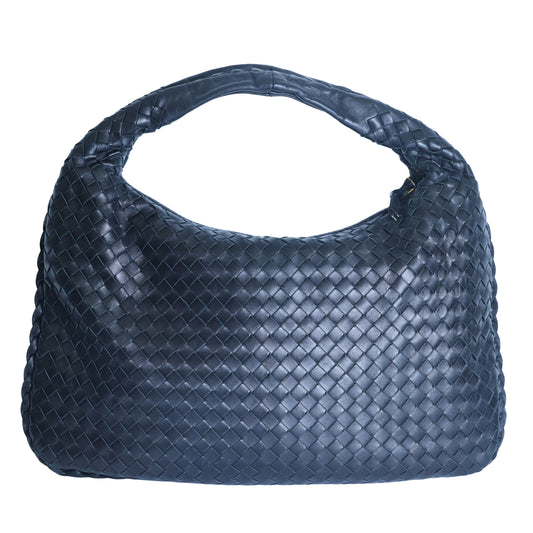
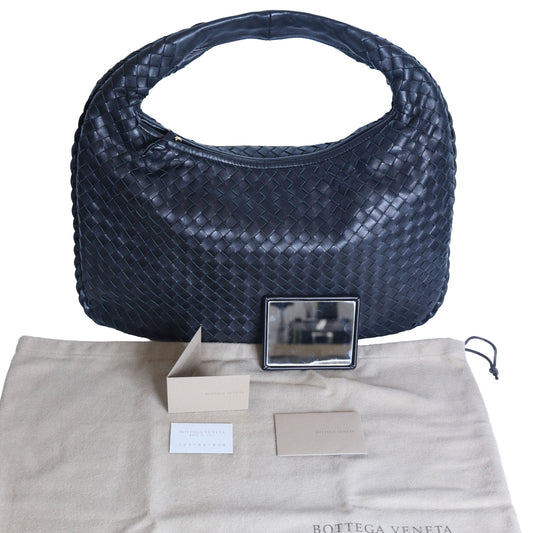
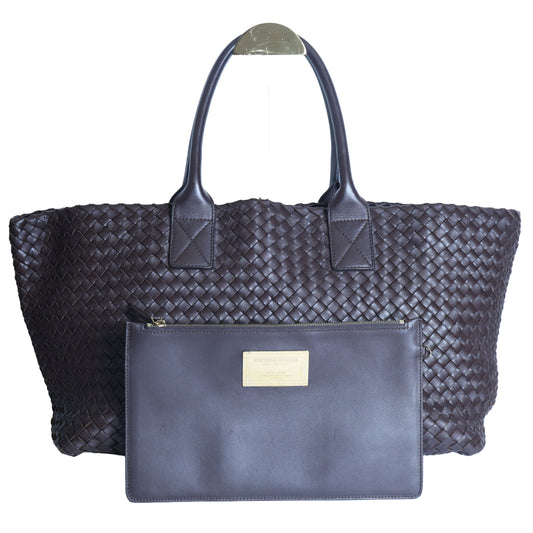
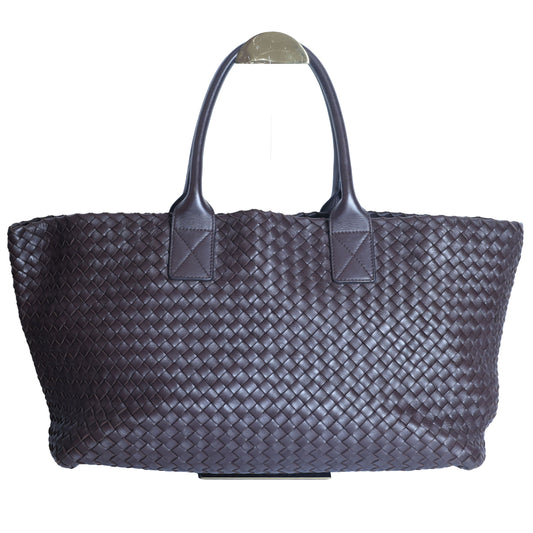
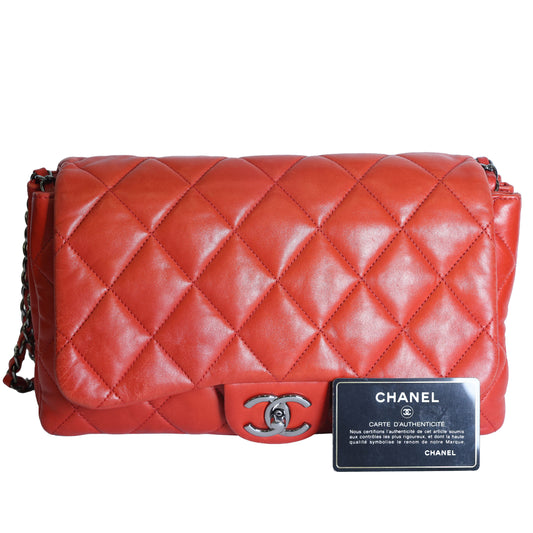
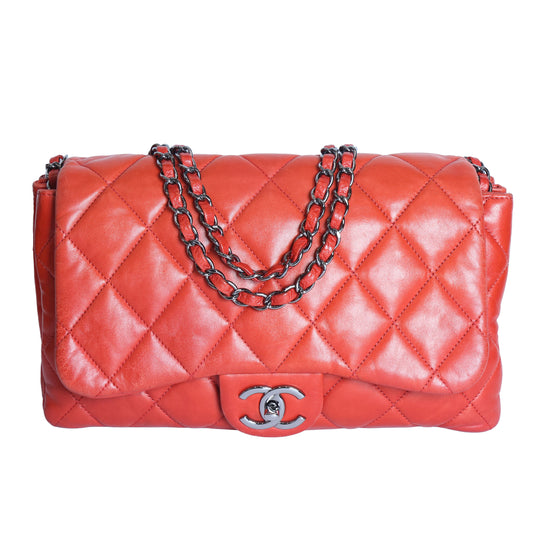
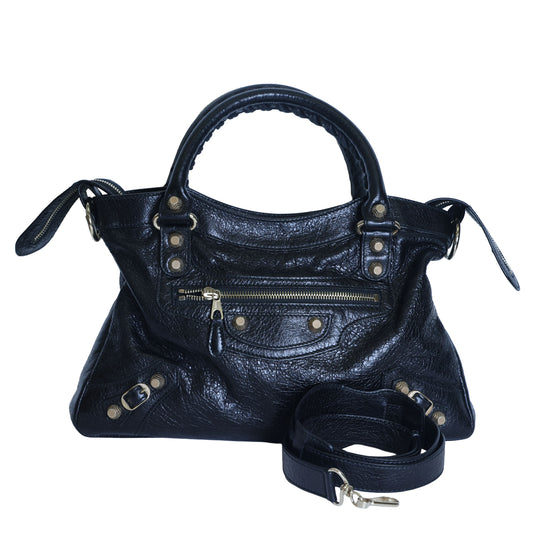
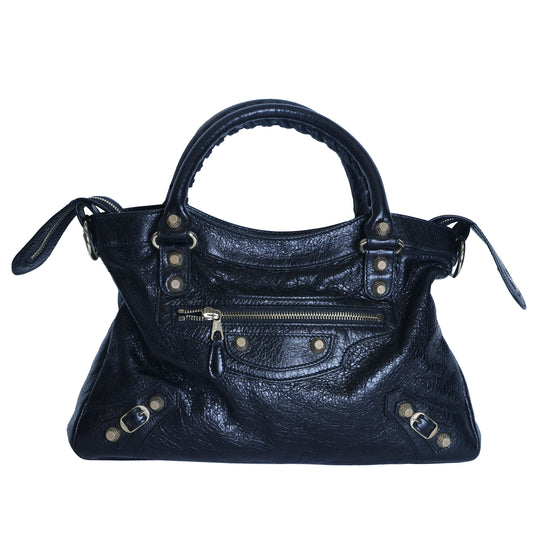
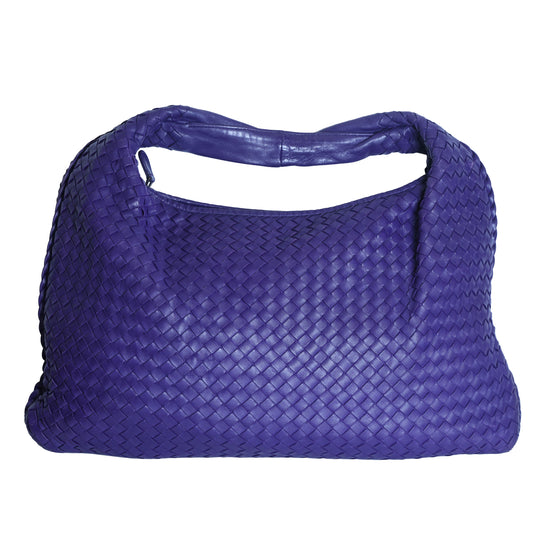
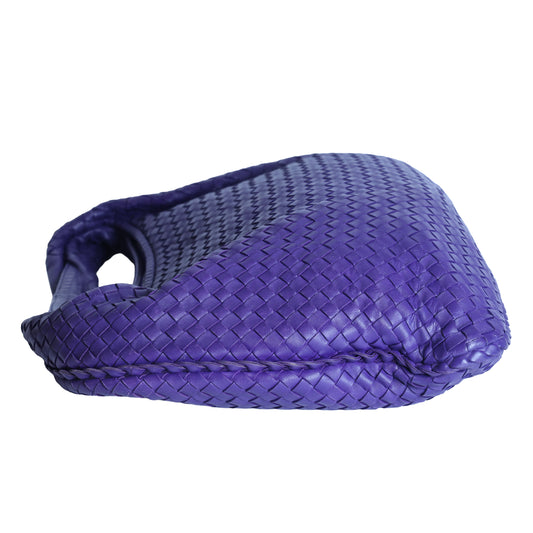
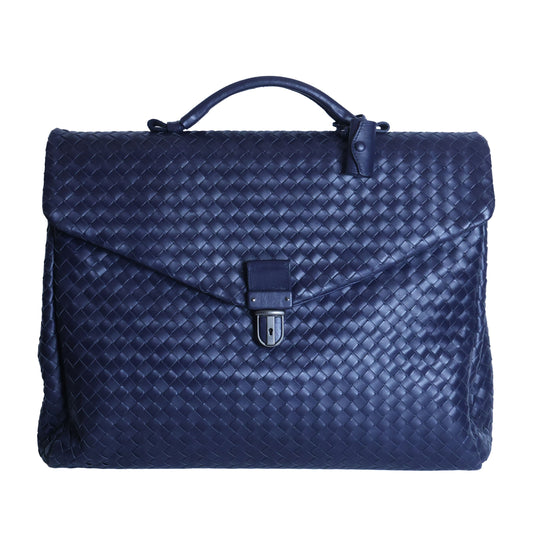
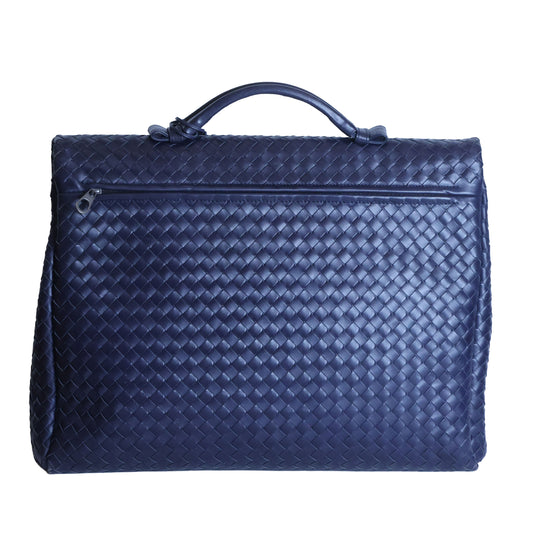
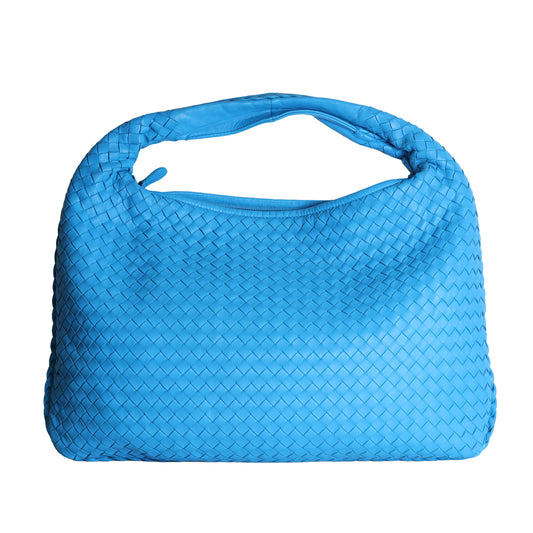
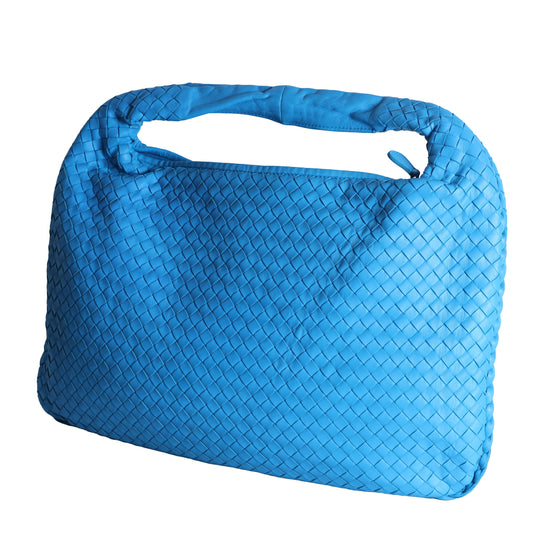
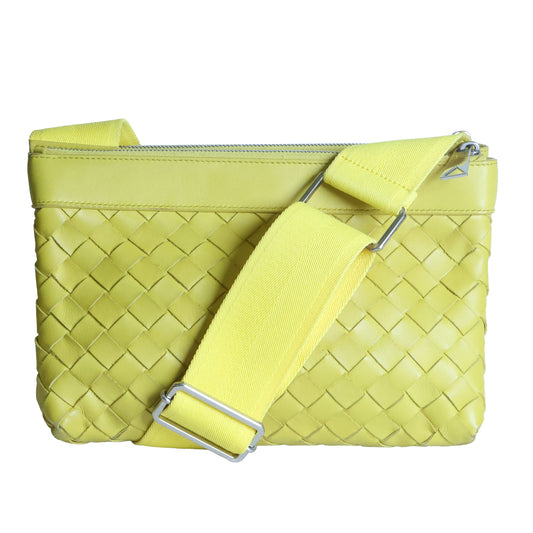

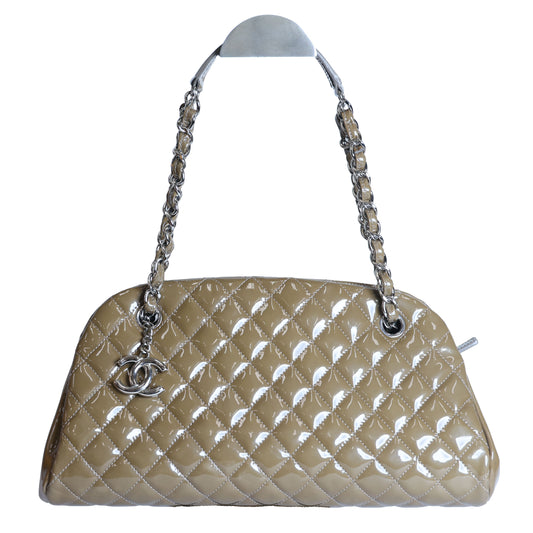
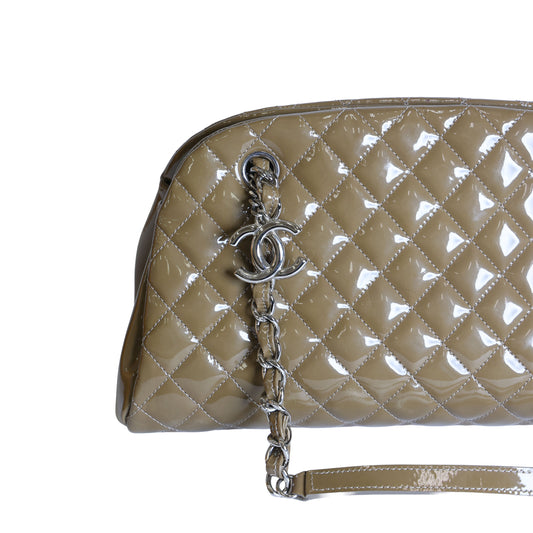
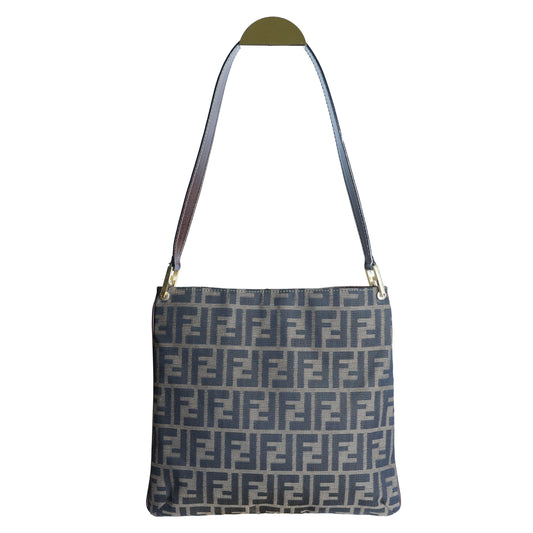
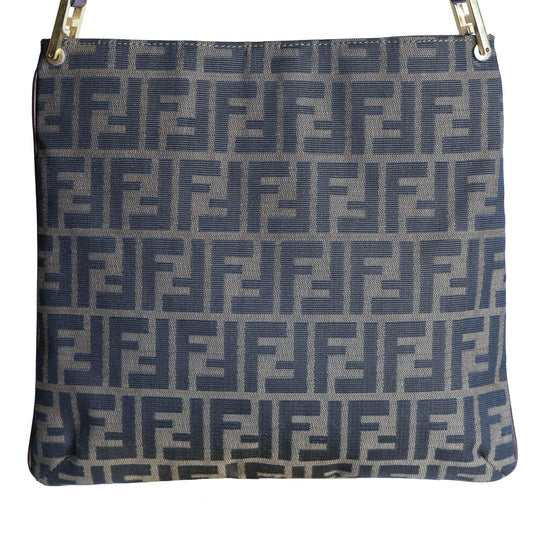
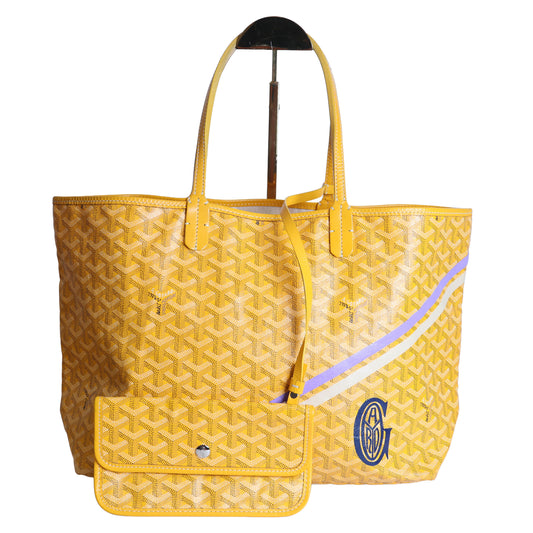
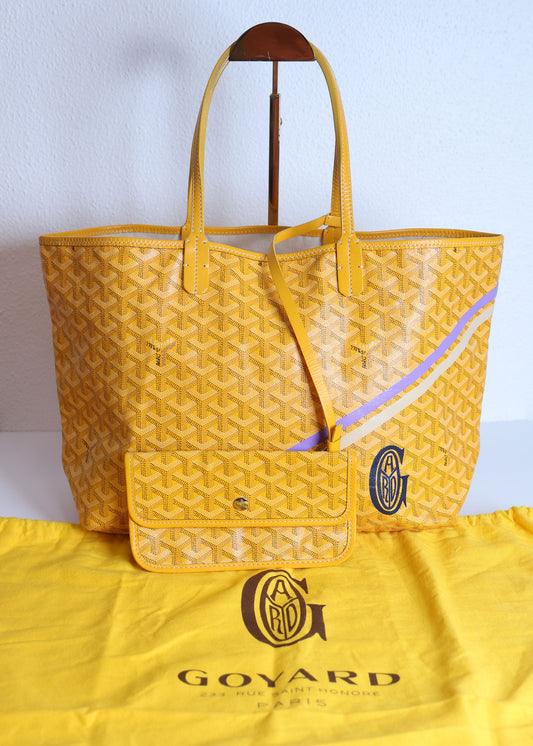
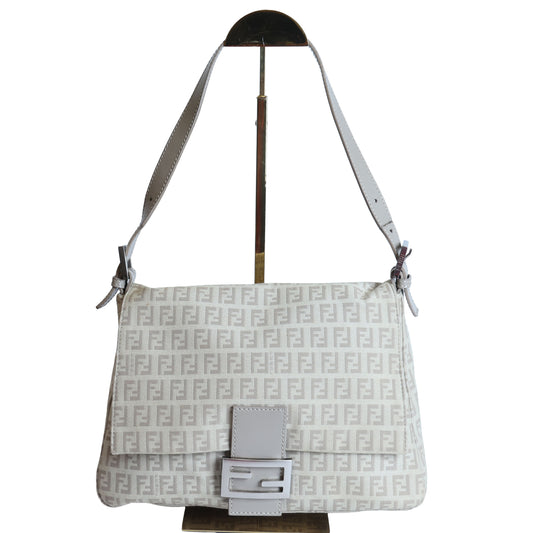
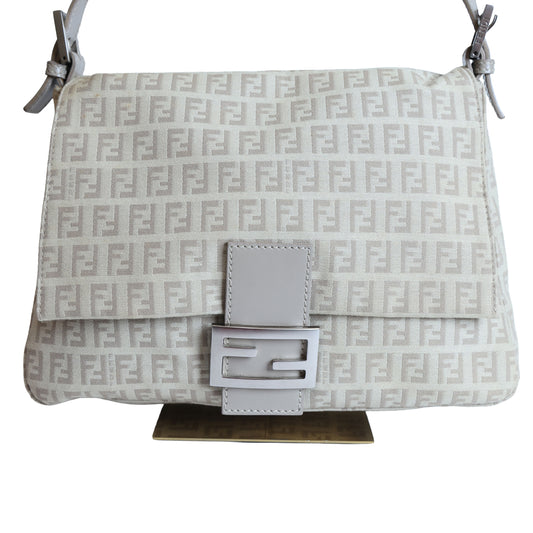
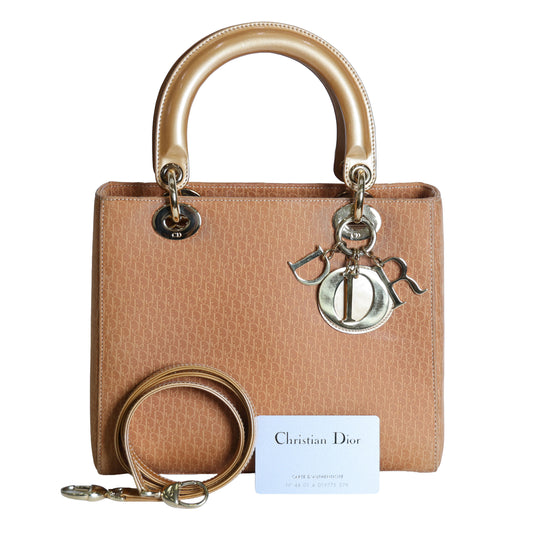
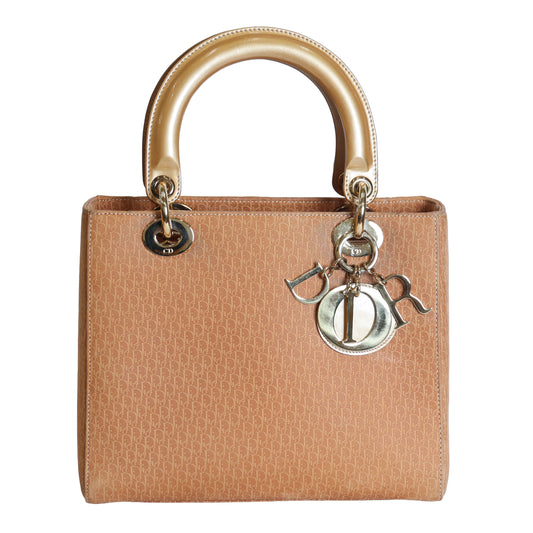
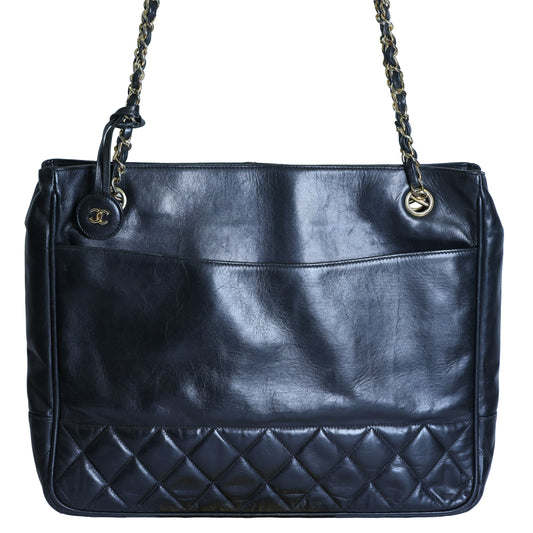
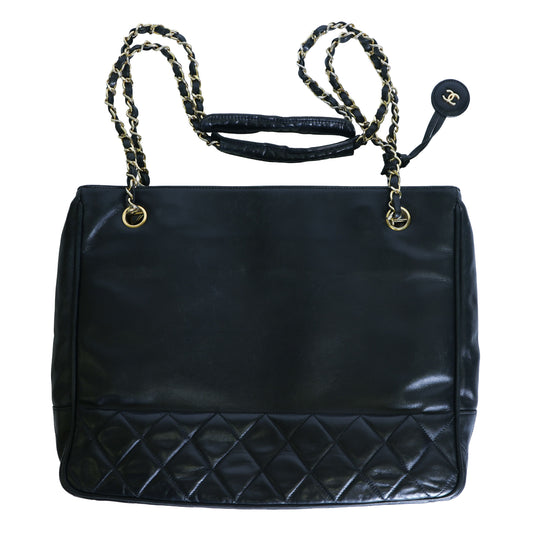
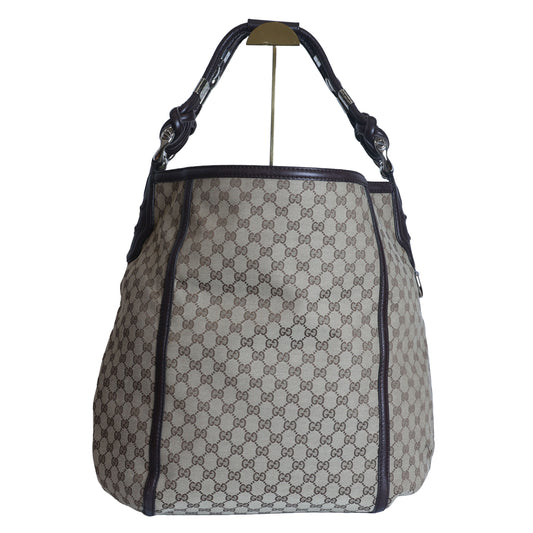

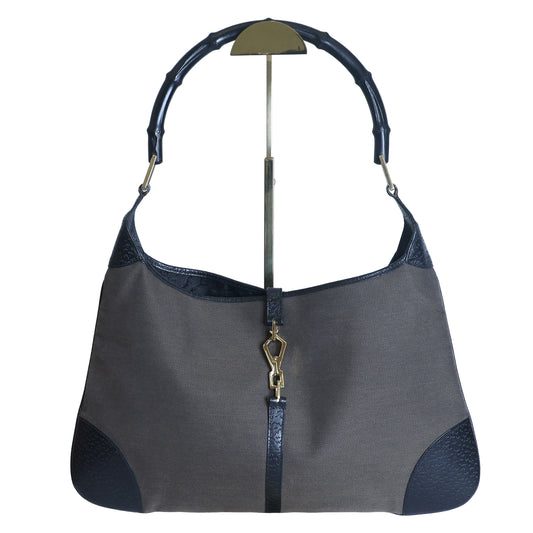
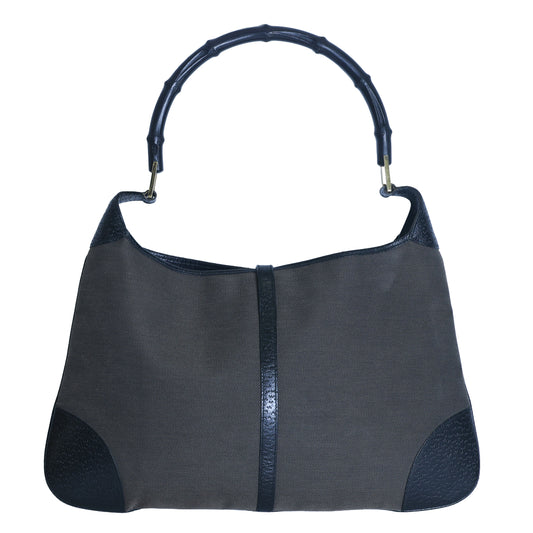
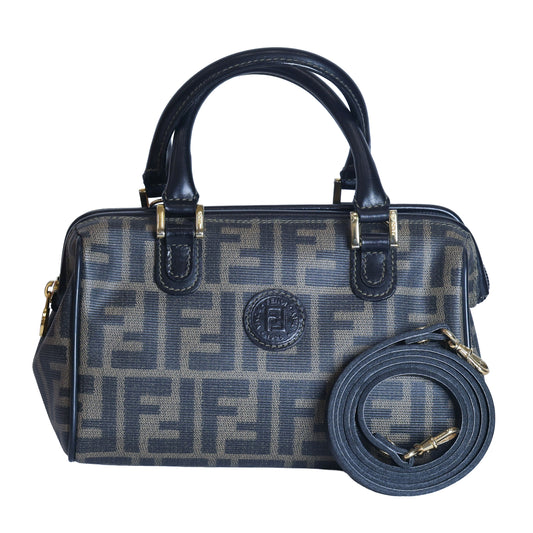
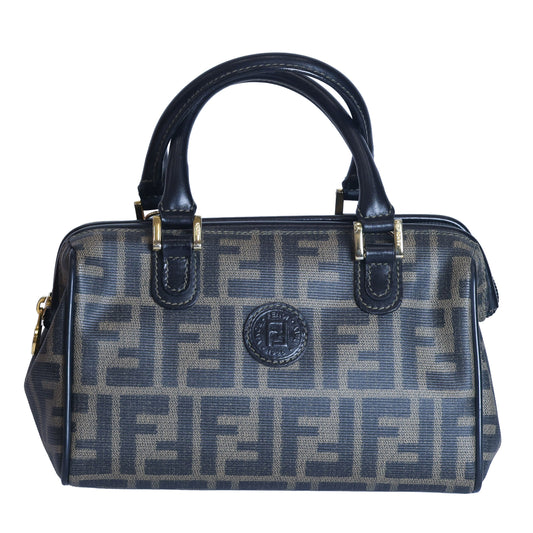
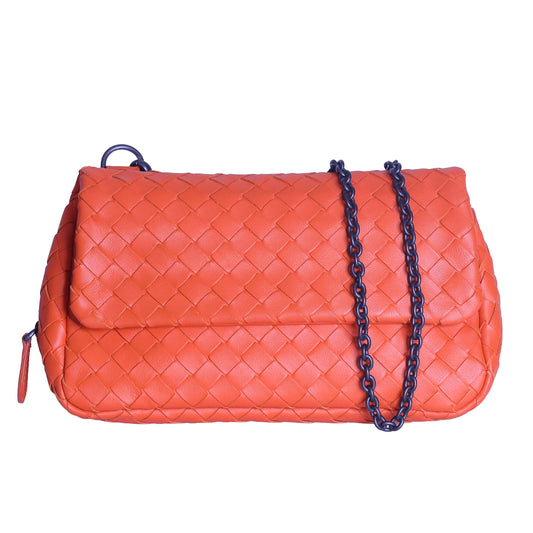
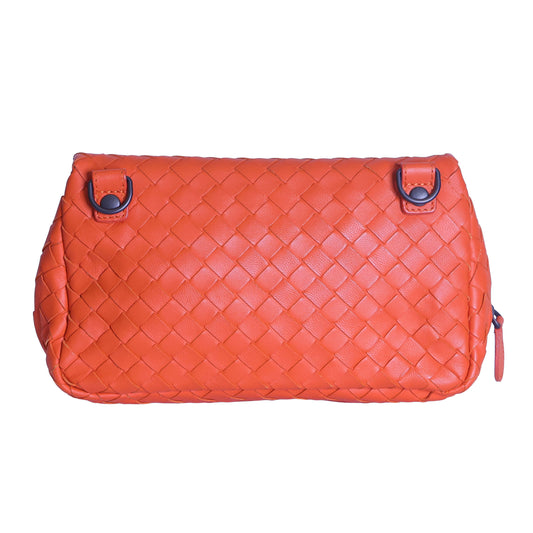
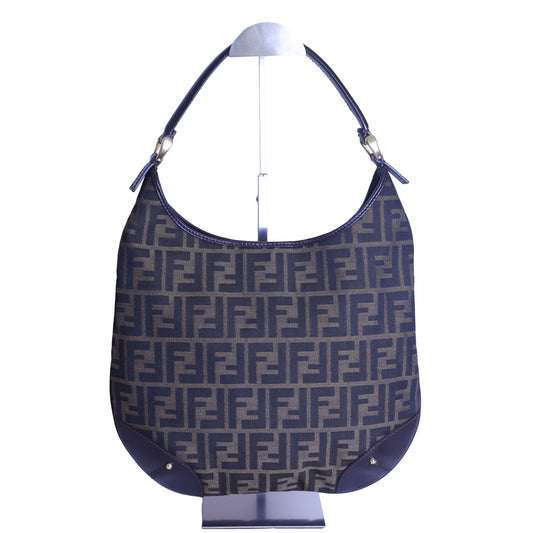
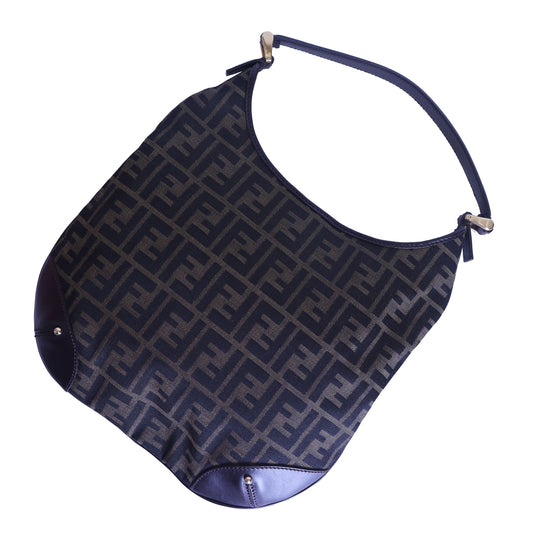
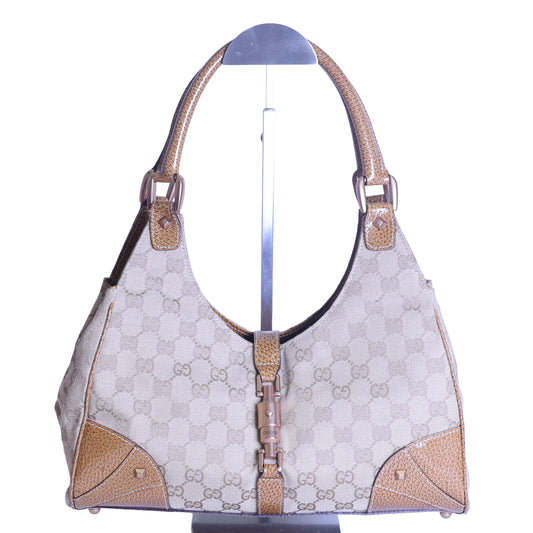
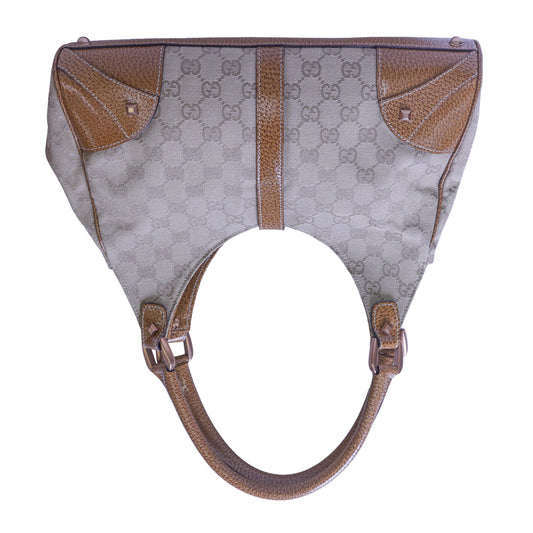
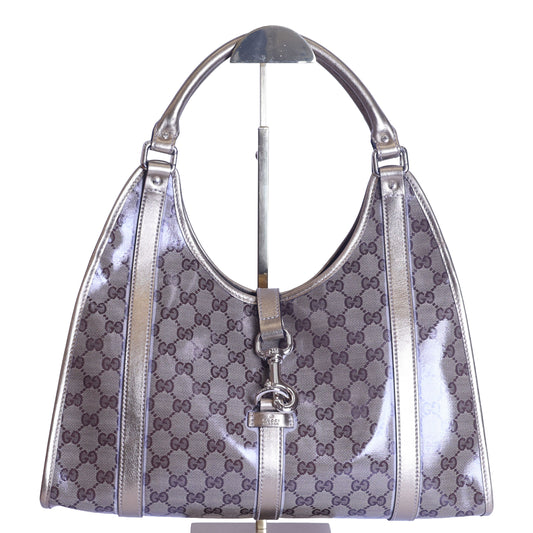
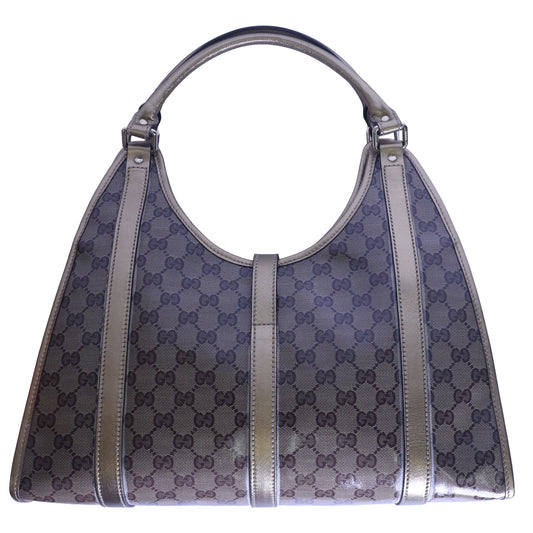
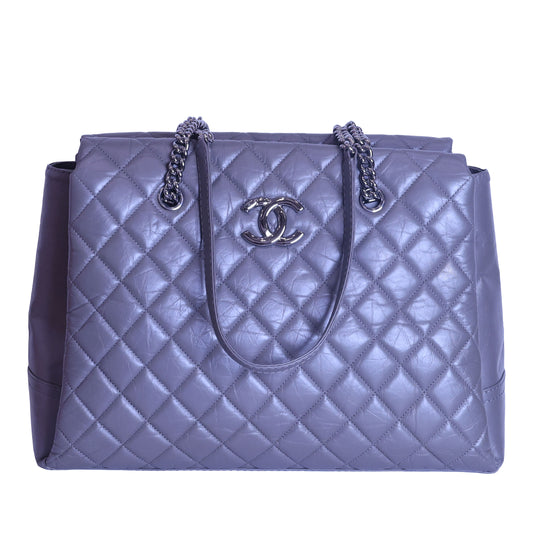
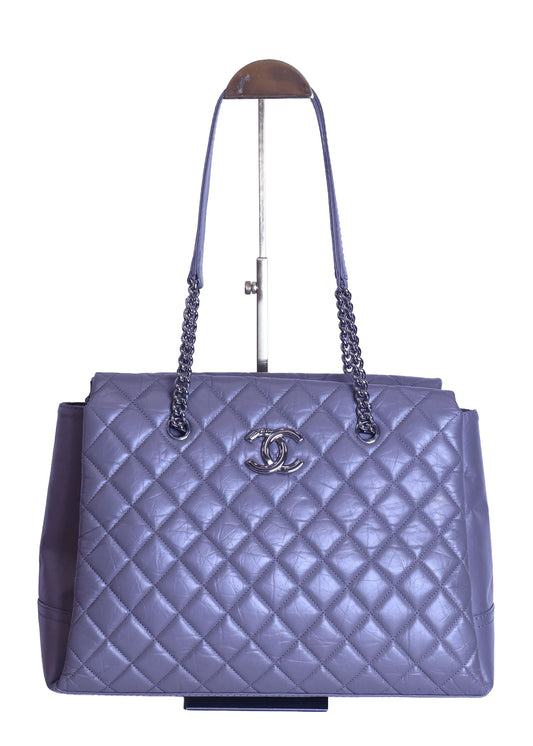
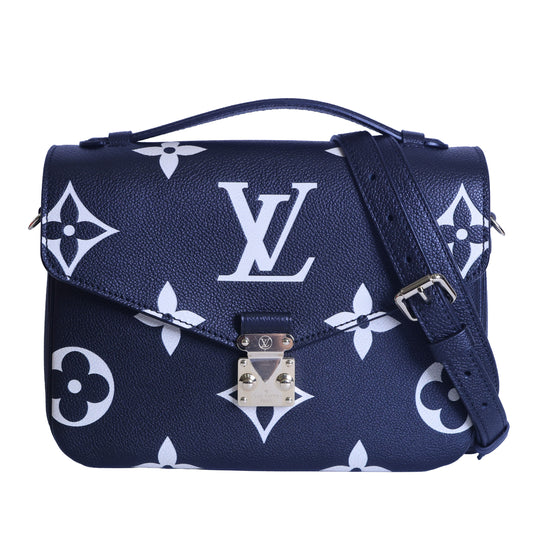
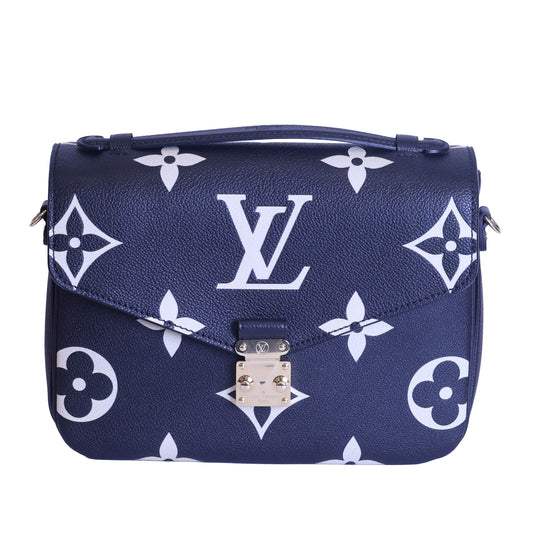
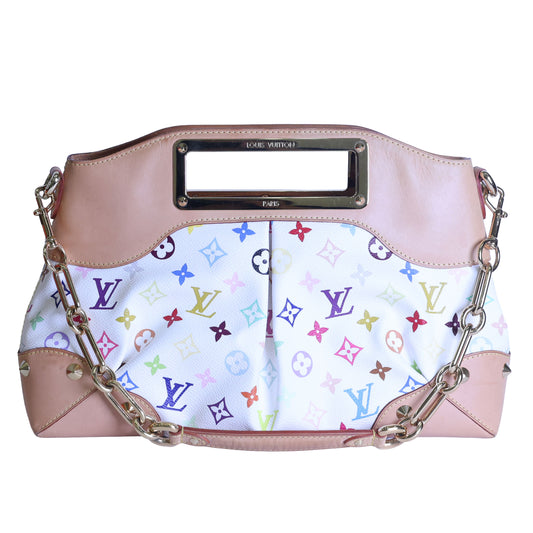
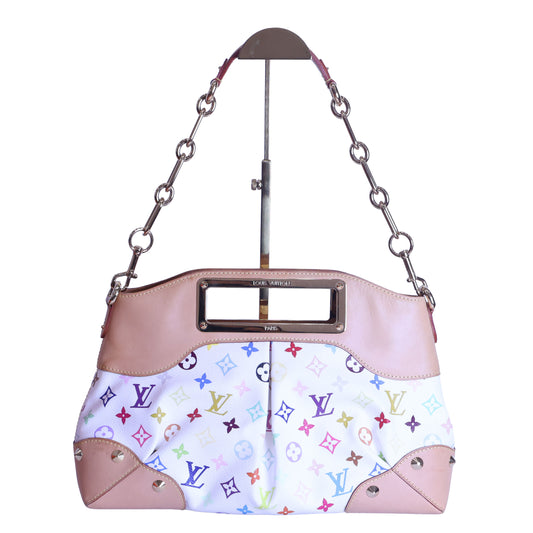
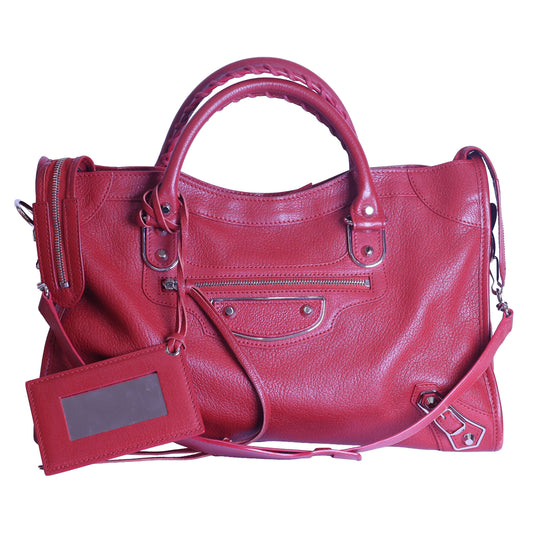
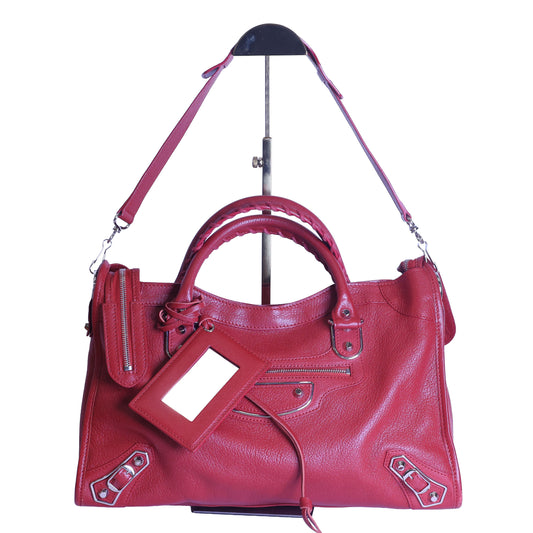
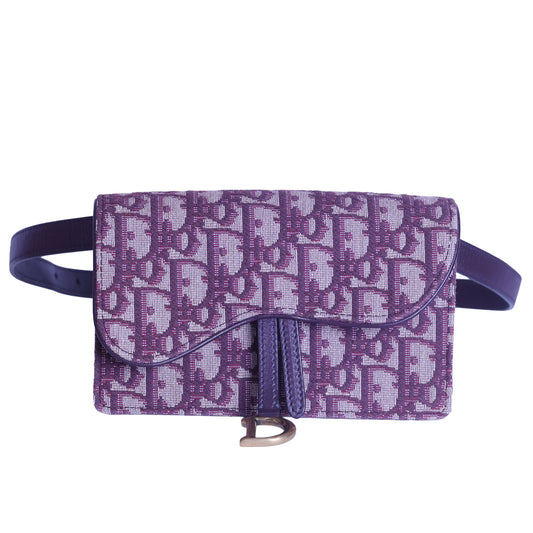

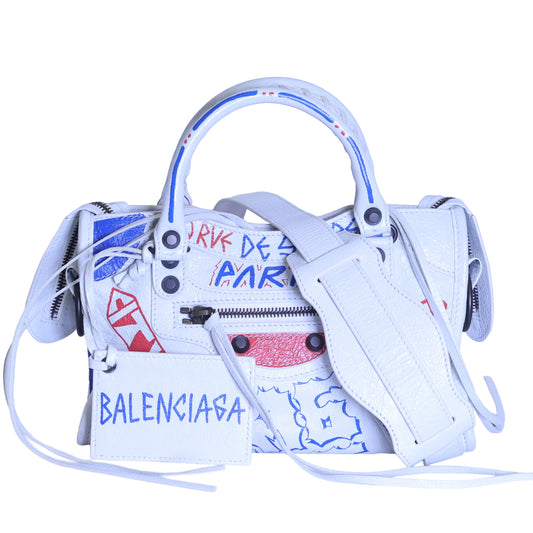
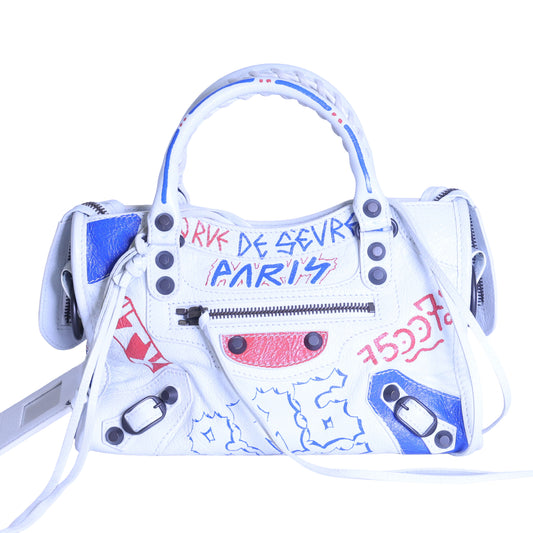
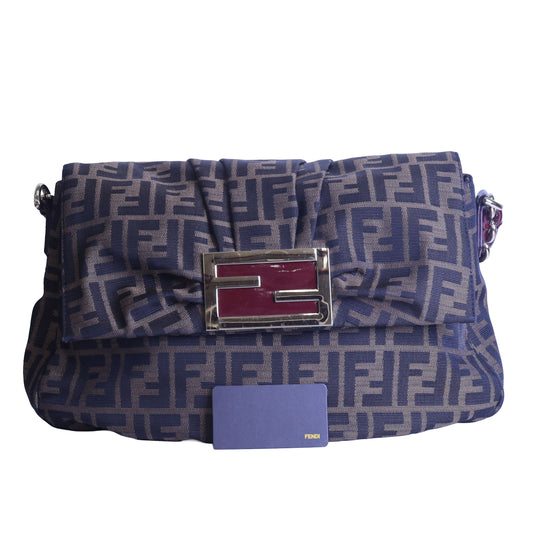
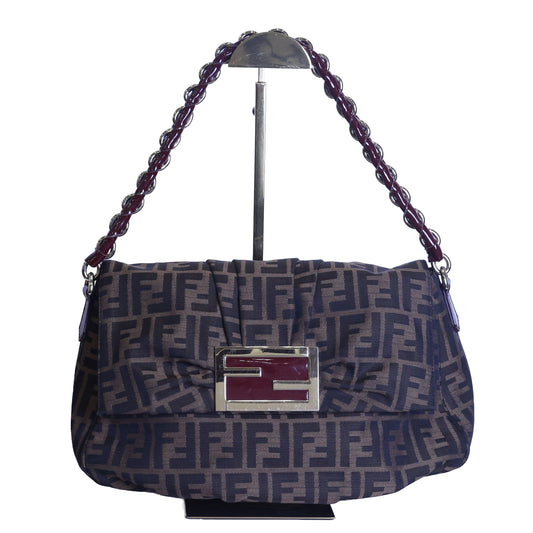
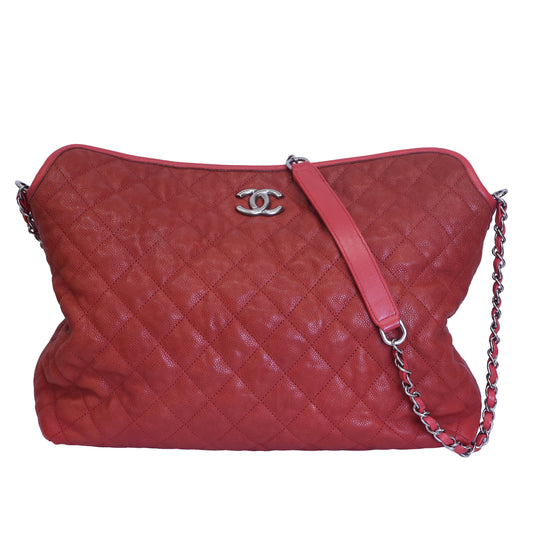
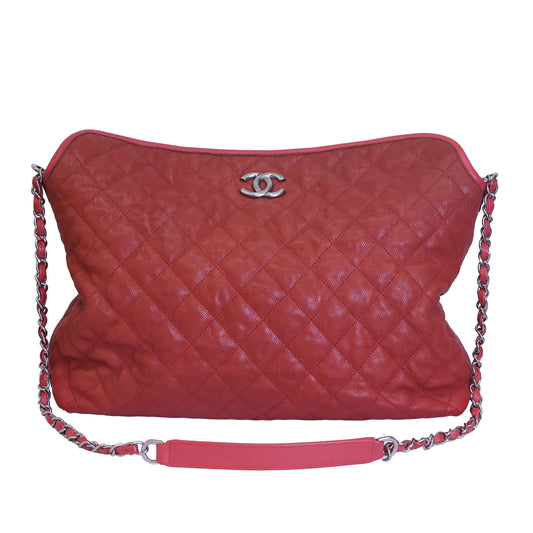
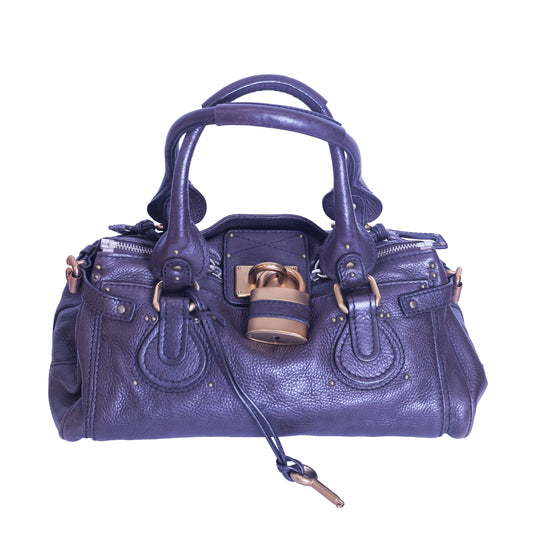
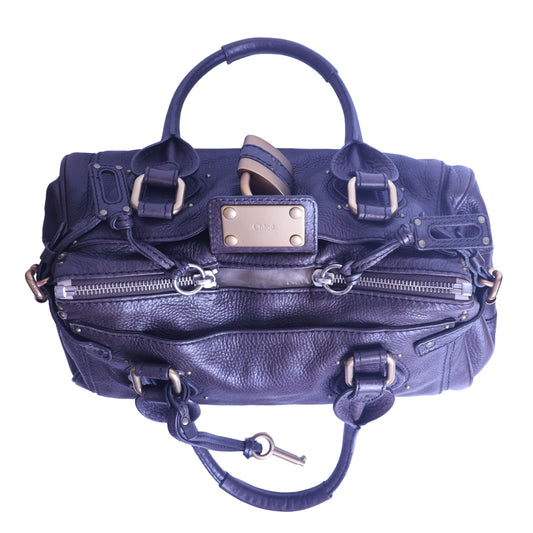
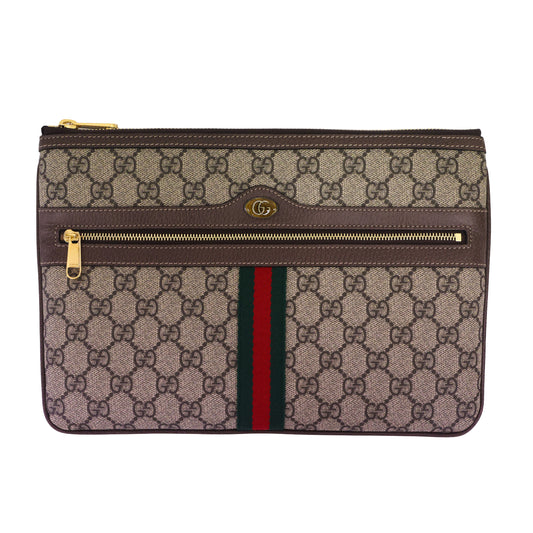
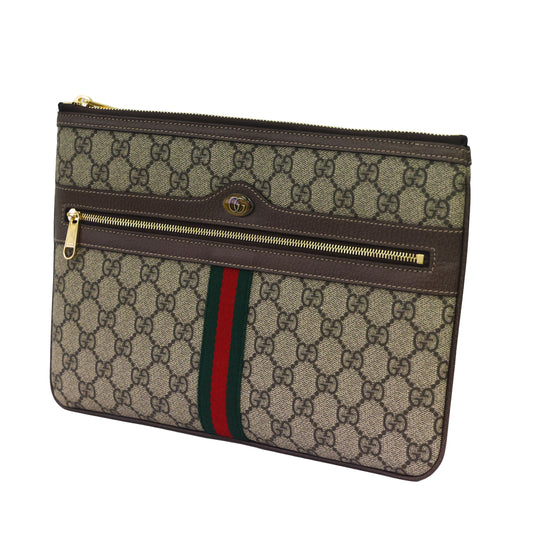
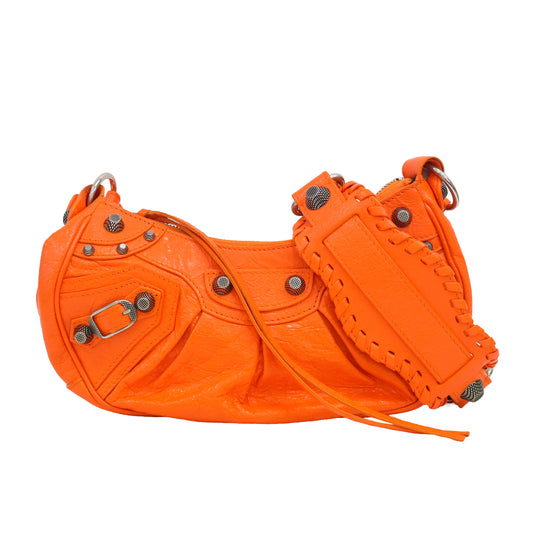
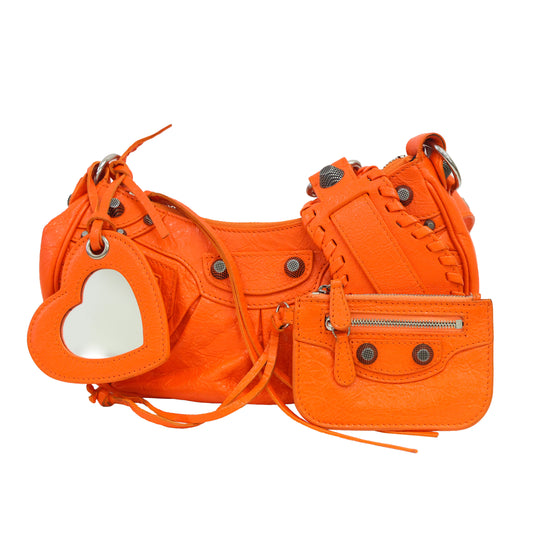
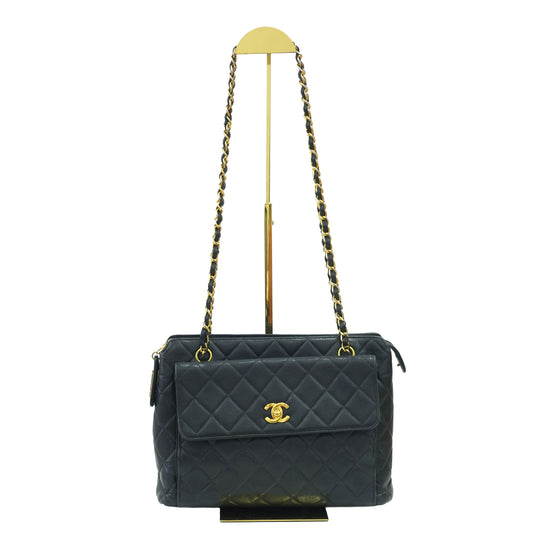
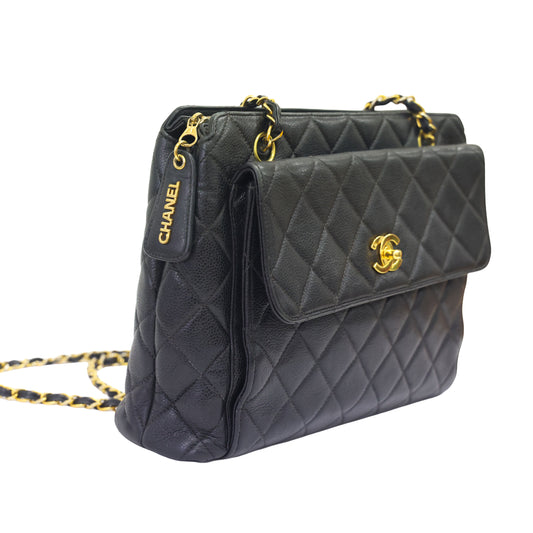
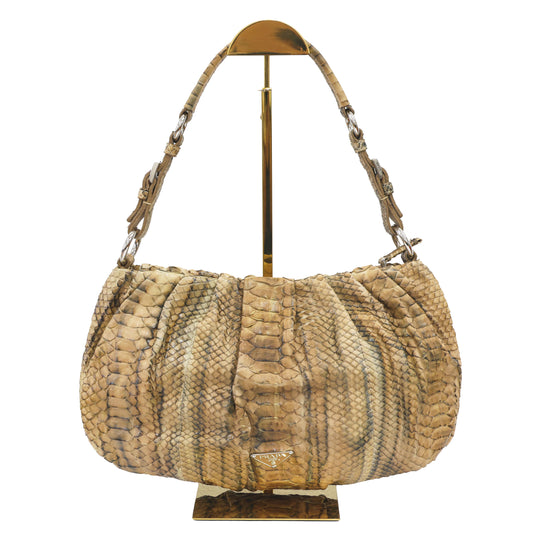
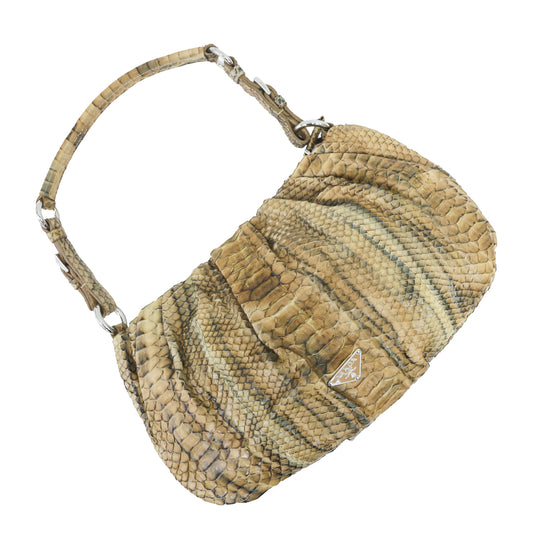
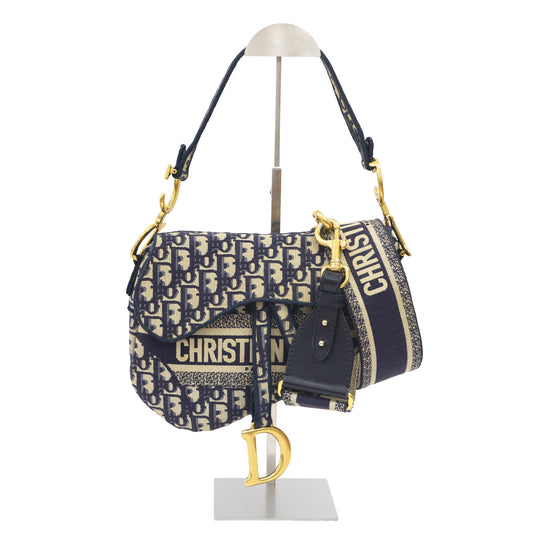
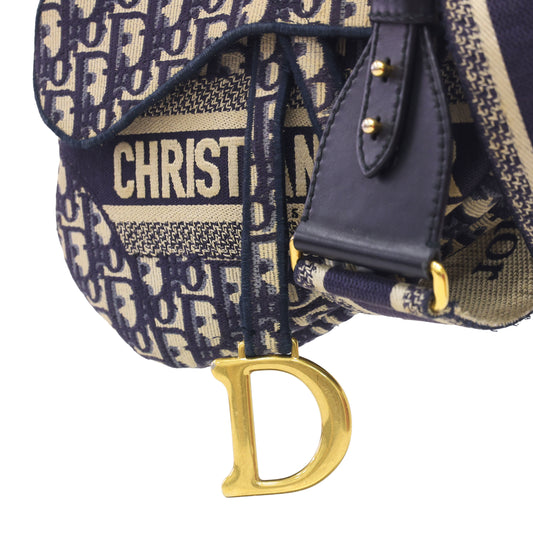
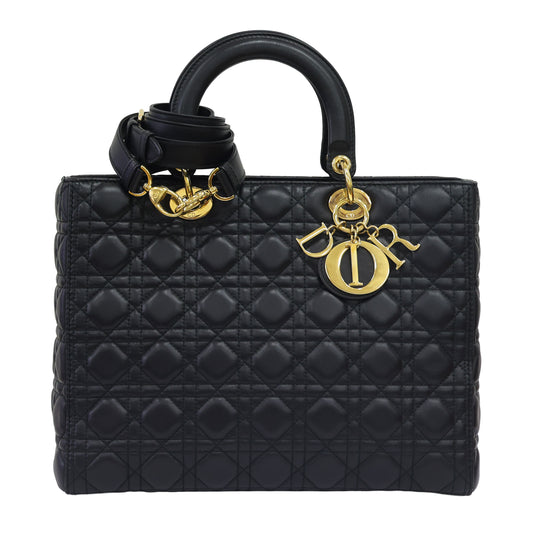
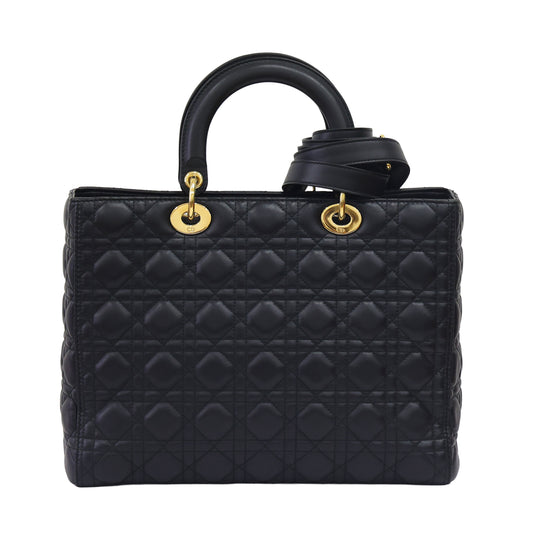
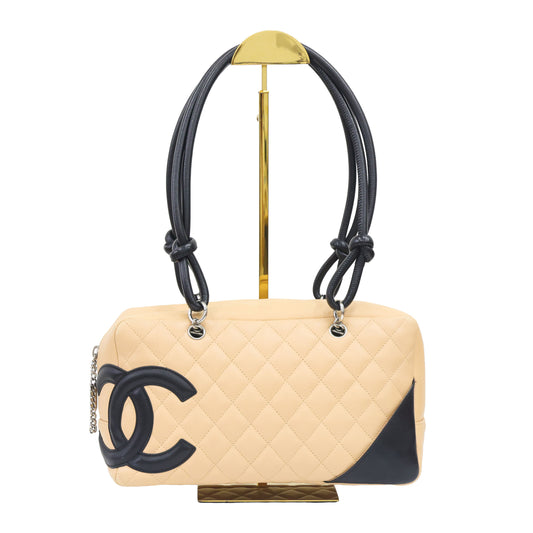
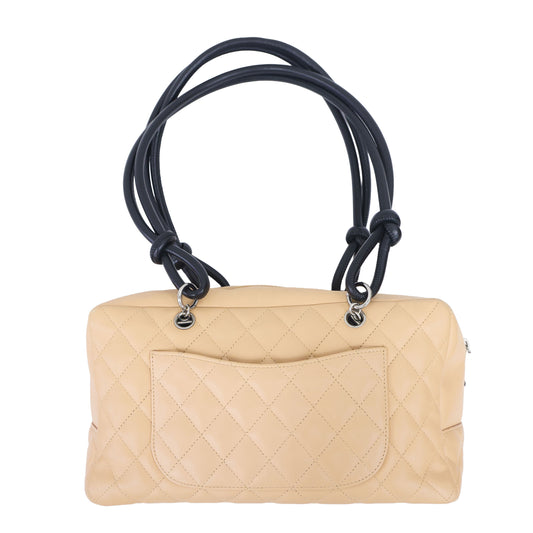
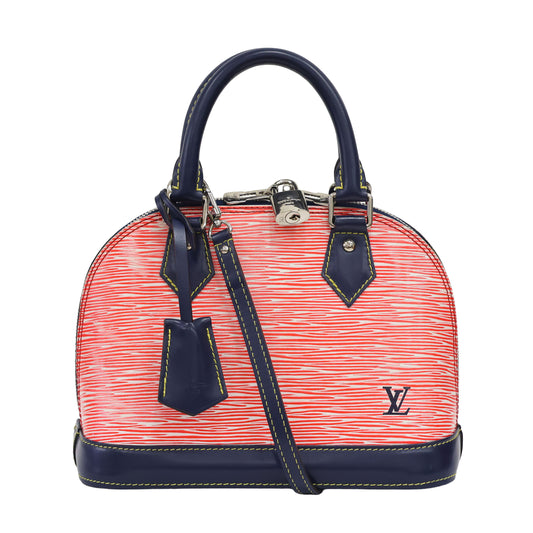
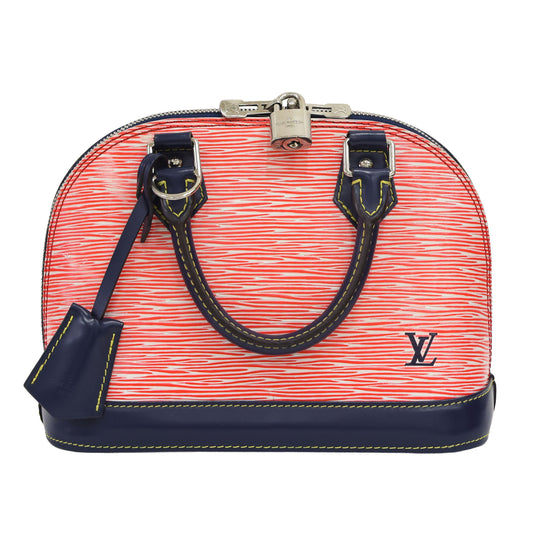
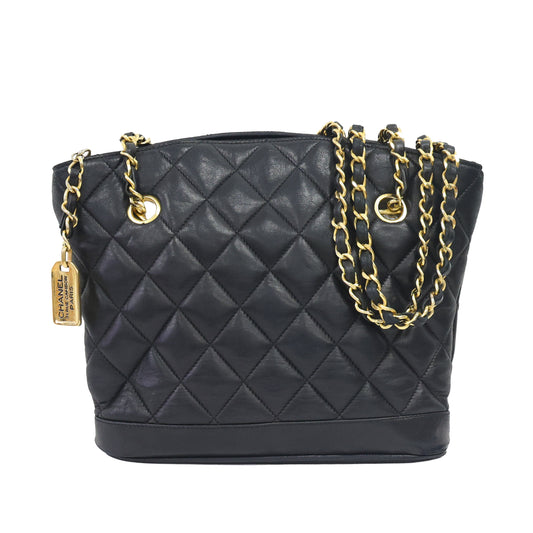
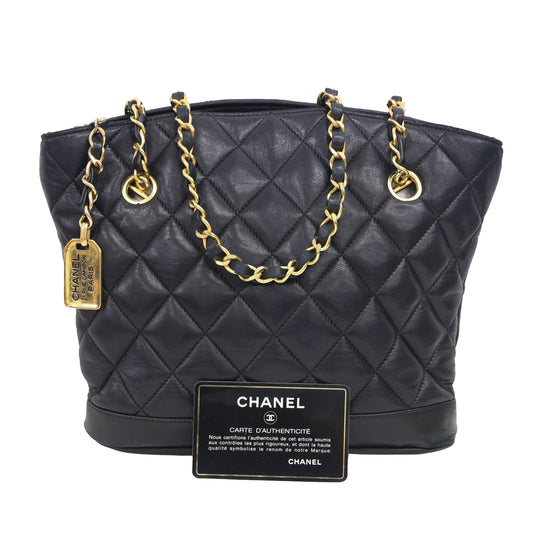





0 comments